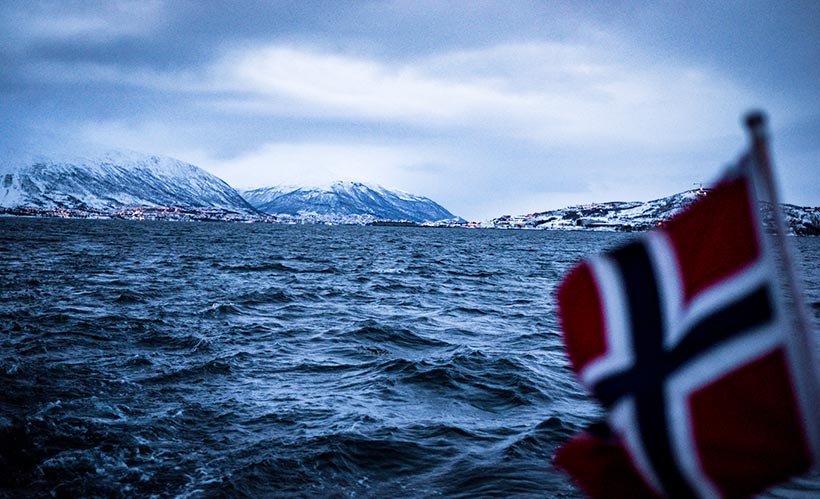Norwegian Seafood Export: An Overview

The latest statistics for the Norwegian seafood industry reveal a profession that is in good health and one that is demonstrating excellent resiliency in the face of adversity. In fact, despite covid restrictions and all the other challenges associated with the pandemic, 2020 was almost a record year for Norwegian seafood export. On top of this, 2021 is set to be even better.
There is even the genuine possibility that this year could be the Norwegian seafood export’s strongest year ever. Before we reveal why we think this could be the case, here are a few statistics that will give you a better idea of the state of Norway’s seafood export.
Norwegian Seafood Export in Numbers
- The country exported 2.7 million metric tons of products in 2020;
- Norwegian seafood export came to an overall value of NOK 105.7 billion ($12.6bn, €10.2bn) during that year;
- This fell just short of 2019, which was the country’s record year for seafood export;
- 2020 was only the second time that Norway’s seafood export exceeded a value of NOK 100bn;
- Salmon is the most popular species to export, with 1.1 million metric tons of it exported overseas last year;
- That came to a value of NOK 70.1bn;
- The European Union is the biggest importer of Norway’s seafood, accounting for 1.7 million MT of products in 2020;
- Asia is another big market, accounting for 504,000 MTs in 2020;
- The first half of 2021 showed numbers that suggest that it is going to be an even better year than 2020, with NOK 53.7bn worth of seafood exported in the first six months;
- That is an increase of one percent for the same time period in 2020;
- For those six months, the crustacean product category, which includes brown crab is up NOK 698 million year-on-year to NOK 1.7 billion;
- June 2021 was the best month ever for Norwegian shellfish.
What Are the Experts Saying?
Norwegian Seafood Council CEO Renate Larsen points towards the industry’s ability to adapt as a reason for its success. According to him: “Norwegian seafood has responded to many of the strongest growth trends in consumer behavior, such as an increased focus on value-based choices related to health and sustainability.”
Norway Minister of Fisheries and Seafood Odd Emil Ingebrigtsen also discussed 2020’s figures with great enthusiasm. He claimed: “The industry deserves credit for the way they have adapted to uncertain and difficult market conditions in 2020. Throughout the year, I have been impressed by the willingness and ability to adapt throughout the industry. This has largely contributed to seafood export doing well throughout the corona[virus] year.”
Norwegian Seafood Council CEO Renate Larsen also mentioned the opportunities available as we return to normality in 2021. She said: “In the markets that are reopening, we see strong growth in restaurant visits, at a significantly higher level than before the pandemic, making us optimistic about the future”.
All the above were quoted on the Seafood Source website.
Why Is Norway’s Seafood So Popular?
The seafood industry has held prominence in the Scandinavian country for as long as international trade has existed. This is demonstrated by many of the coastal towns and villages that were created as a direct result of being close to the source or being an ideal place to trade.
In fact, there are some settlements in the north of the country that appear inhospitable to humans. However, they offer crisp clear waters for fish. It is a country that loves fishing and loves seafood, and this is displayed by how many of these areas are alive with the industry.
In recent years, Norway’s seafood industry has thrived due to its quality stock. Stock that is produced with the goal of sustainability. This is an important element of its success, as the only way Norway’s seafood export can continue to grow is if its fish remain a renewable resource.
As long as the industry continues to put sustainability at the forefront while adapting to the changing taste of the market, Norwegian seafood export and the industry that surrounds it should continue to thrive.
